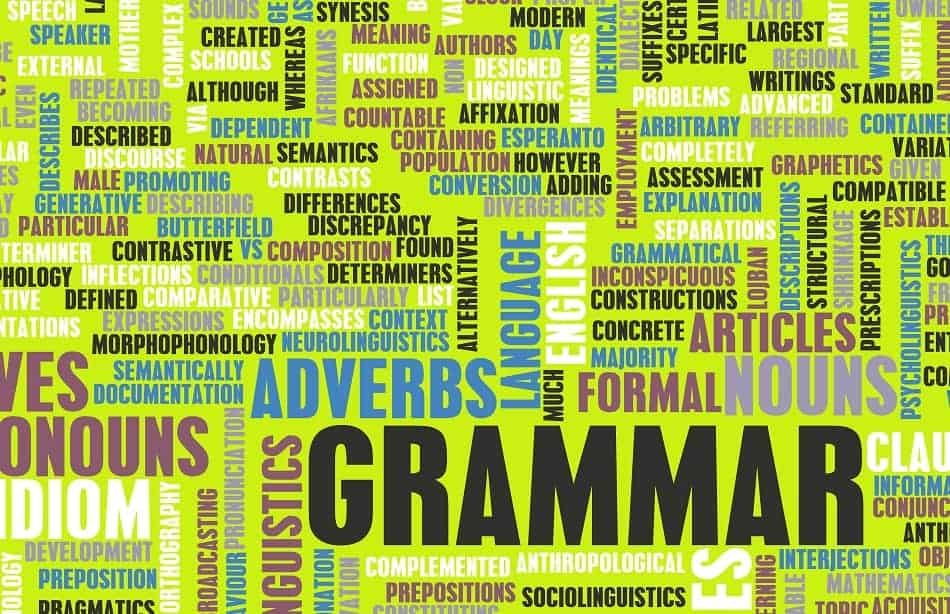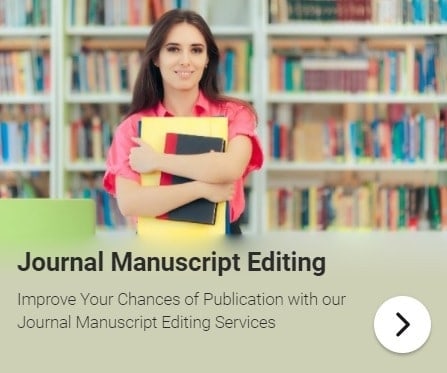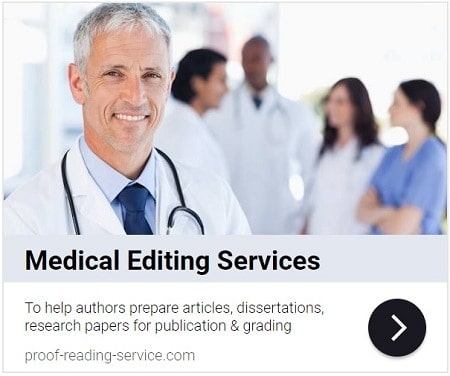
Table of Contents (Guide To Publication)
Part II: Preparing, Presenting and Polishing Your Work – Chapter 3
3.2 Paragraphs and Lists: Effective Presentation and Transition
3.2.1 Structured and Fully Developed Paragraphs
As mentioned at the end of Section 3.1, a few journals will recommend how long paragraphs on particular subjects or in particular sections should be, but as a general rule journal guidelines rarely offer any advice about how to write well-structured and fully developed paragraphs. They don’t neglect this aspect of writing because they don’t expect it, however; it is more likely that there is an unspoken assumption that any author submitting his or her writing to a respected academic or scientific journal will already know how write perfect paragraphs. This isn’t always the case, however, and particularly for those working in a language not their own or those new to the publishing game, writing effective paragraphs can be something of a challenge, so a bit of practical advice seems in order here. One important fact to remember is that a single sentence does not make a paragraph. This doesn’t mean that a single sentence cannot stand alone, but that it should only do so if the context and information justify such special treatment.
Let’s say, for instance, that you have a number of sentences with each of them outlining the results of a particular test or method of analysis. In such cases, authors often format each sentence as a separate paragraph, most likely because such a structure separates and therefore clarifies the information. This isn’t incorrect and the odd journal will even ask for such data to be separated in this way. In addition, short paragraphs (like short sentences) can be a great deal more effective than overly long ones, but strictly speaking, a paragraph focuses on developing a single idea, so that string of single-sentence paragraphs reporting results can, in many cases, be gathered into a single paragraph that discusses the results of the analytical tests conducted in a study. If you find that you only have a sentence worth of information to report regarding each test, it’s a good idea to cluster the data together in this way, and if the information proves too much for a single paragraph, it can be divided into two or more paragraphs with each one focussing on tests of a similar nature or tests that rendered similar results. Paragraph writing is far from an exact science, of course, but strictly speaking the first sentence should introduce the idea, the following sentences should develop it in any number of ways and the last sentence should bring the paragraph to an effective close, ideally in a way that guides your reader on to the next paragraph.
Paragraphs that are too long can be problematic as well, particularly because they tend to merge and develop a number of ideas instead of separating them for clarity and therefore can lack logical interconnection or coherence. Long paragraphs are often associated with complex thought and interrelated ideas, which is exactly what one wants to see in an academic or scientific article, but paragraphs that run on too long and become jumbled can obscure the ideas presented and lose the attention of readers, who do not know your material as well as you do. By breaking long paragraphs into shorter paragraphs, you provide your readers with visual and intellectual breaks that offer them the chance to assimilate the idea(s) you’ve just discussed before moving on the next, and you also make it easier for them to find material again when needed. Finally, you create a more effective structure for the complex ideas you’re discussing, which can improve and clarify the information you’re sharing and thus the progression of your overall argument.
Organising your paper into effective paragraphs will only be successful, however, if the transitions between your paragraphs are smooth and clear. If you are shifting to a different topic or focussing on a different study as you begin a new paragraph, you need to make that absolutely clear by explaining the transition. Use specific discourse markers indicating a change of topic, a comparison or contrast, or a focus on a different study or text or experiment, and repeat whatever words are necessary at the beginning of a new paragraph to connect it logically to the paragraph before it. Pronouns such as ‘it,’ ‘this’ and ‘they’ should be avoided at the beginning of a new paragraph: even if the antecedent is obvious, starting a paragraph with a pronoun is simply poor style in English, and when the antecedent is not obvious, it’s extremely difficult for your reader to determine exactly what you’re talking about. Use a noun or noun phrase instead to identify your subject at the beginning of a new paragraph and you’ll find that not only your paragraphs, but the logical movement of your paper as a whole will benefit (on the use of pronouns, see also Section 4.4.3).
This article is part of a book called Guide to Academic and Scientific Publication: How To Get Your Writing Published in Scholarly Journals. It provides practical advice on planning, preparing and submitting articles for publication in scholarly journals.
Whether you are looking for information on designing an academic or scientific article, constructing a scholarly argument, targeting the right journal, following journal guidelines with precision, providing accurate and complete references, writing correct and elegant scholarly English, communicating with journal editors or revising your paper in light of that communication, you will find guidance, tips and examples in this manual.
This book is focusing on sound scholarly principles and practices as well as the expectations and requirements of academic and scientific journals, this guide is suitable for use in a wide variety of disciplines, including Economics, Engineering, the Humanities, Law, Management, Mathematics, Medicine and the Social, Physical and Biological Sciences .






